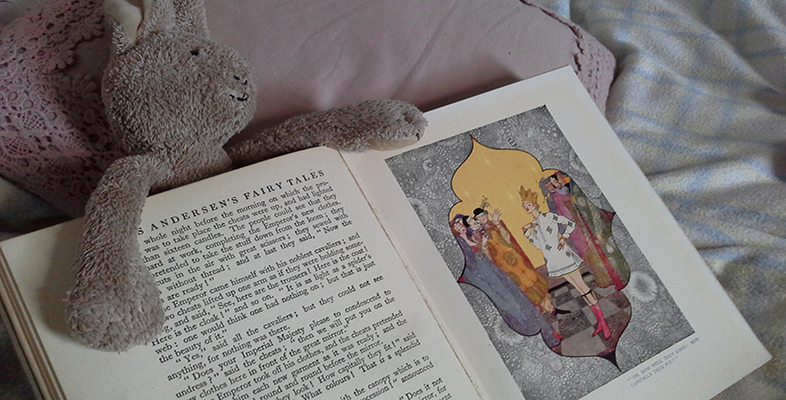8 An authorstrator comments on his craft
In this section we continue to consider the work of authorstrator Anthony Browne whose book Gorilla won the Carnegie Prize in 1983 and who was UK Children’s Laureate 2009-2011. Browne’s illustrations often include a great deal of detail and nuance. He is known for often including reference to well-known images borrowed and sometimes parodied from other sources, especially famous works of art – a feature known as intertextuality. For example, several of his books contain reworkings of Magritte’s paintings, although Browne sometimes substitutes a banana for an object in the original.
Activity 12
Click below to watch a clip in which Anthony Browne talks about how he works with text and images to produce a narrative. You may find it useful to look back at the images in Section 7, especially from Activity 11, as you listen, as Browne does discuss these in some detail.

Transcript: Interview with Anthony Browne
What use does Browne make of pictorial references to famous artworks? Do you think this is likely to appeal to young readers?
Discussion
Visual intertextuality of the kind employed by Browne is not uncommon in picturebooks, and may explain part of the appeal of some texts to adults as well as children. A modern day parallel may be found in children’s films which include humorous cultural references which may be missed by younger children but amuse adult viewers. The original can be changed and reworked in various ways: as homage, or to comic effect as humorous spoofing or parody. However, Browne claims that his use of artwork references is not intended to be a kind of ‘conspiratorial wink’ between the adult and the author, excluding the child. Children’s literature scholar Sandra Beckett (2001) notes that, although young children have limited cultural knowledge to draw from, and may therefore miss some of the clues implanted in the text, their exposure to and understanding of intertexts should not be underestimated.
